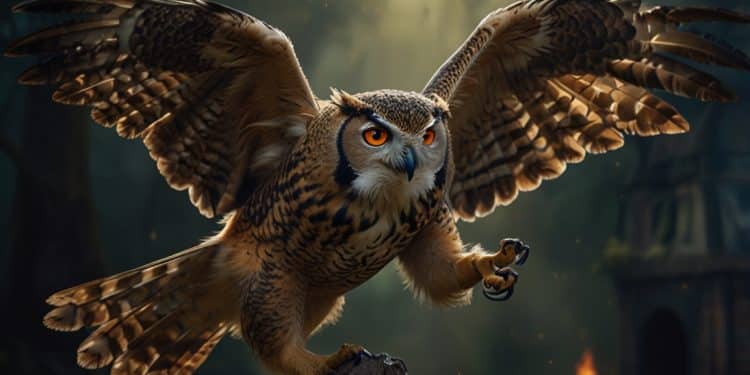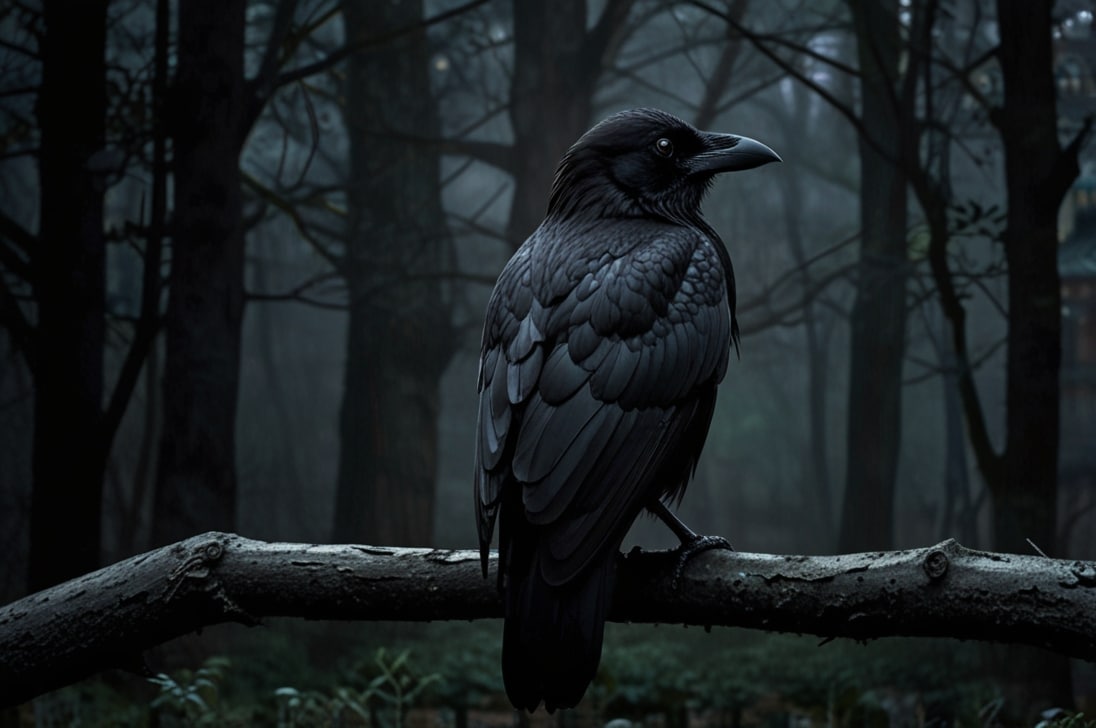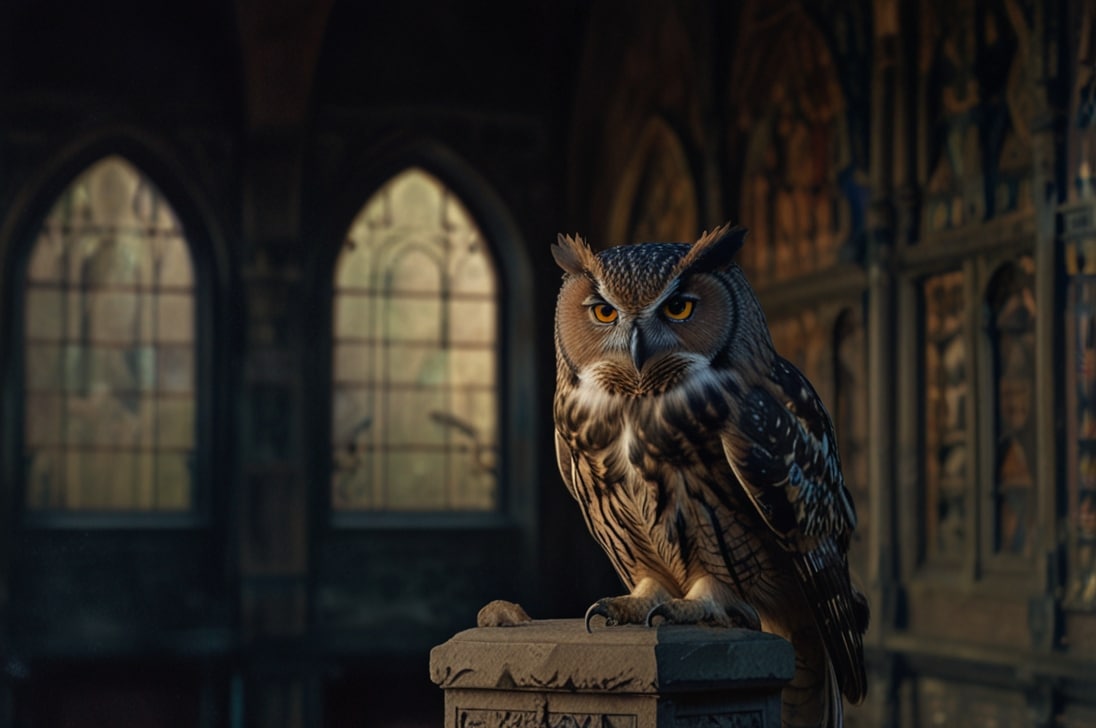Is there a bird in Macbeth? This is a question that many individuals ask. Believed to have been written in 1606, “Macbeth” is one of the most renowned tragedies of Shakespeare. Often, this play is studied in advanced classes to analyze complex characters and varieties of themes. Shakespeare uses plenty of symbolism in his plays, and in Macbeth, one symbol that stands out is the bird. He uses different types of birds to foreshadow events. Birds in Macbeth represent mainly three things: omens, the supernatural and the disruption of nature. There are also three significant instances where birds are used in this play:
- An owl shrieked before Duncan’s murder,
- Lady Macbeth’s invocation of raven and
- Old Man’s reference to a falcon and mousing owl.
This blog will explore how these symbols are relevant to the themes of this play and why they appear in certain instances.
Is there a bird in Macbeth?
Yes, there are many instances where birds appear in Shakespeare’s Macbeth. Like the owl that shrieks just before the death of Duncan. In Act 2, Scene 2, Lady Macbeth says:
“It was the owl that shriek’d, the fatal bellman,
Which gives the stern’st good night.”
Here Lady Macbeth hears an owl shriek and deems this an ominous sign, a bringer of death.
Later, Lady Macbeth invokes a raven in Act 1, Scene 5, as she reads Macbeth’s letter about witches prophecy and calls on dark forces to assist her. She says:
“The raven himself is hoarse
That croaks the fatal entrance of Duncan
Under my battlements.”
Here, the raven is the bearer of bad luck and ill omens and resonates with Lady Macbeth’s deadly plan to kill Duncan.
In Act 2, Scene 4, of Macbeth, the Old Man there are references to an owl killing a falcon, which symbolizes the unnatural events that have occurred after King Duncan’s murder. He says:
“Tis unnatural, Even like the deed that’s done.
On Tuesday last,
A falcon, towering in her pride of place,
Was by a mousing owl hawked at and killed.”
This passage talks about the disorder in nature that took place after the assassination of Duncan. The falcon killed by a mousing owl stands for the inversion of nature.
Now we have a clear answer to the question: Is there a bird in Macbeth? Because, as we can see, there are three instances of birds in Macbeth.
The Owl Scene in Macbeth
Description of Owl Scene
The most striking appearance of birds in the play is the presence of an owl. The incident with the owl takes place just after the murder of King Duncan by Macbeth in Act 2, Scene 2 . Actually, it is Lady Macbeth who hears an owl shriek and is frightened by what she sees. It is significant, as this event suggests that something evil is going to happen to the Macbeth family.
Analysis of Owl Scene
How is there a bird in Macbeth like an owl which is dead? In Elizabethan England, the owls represent decay and misfortune. Their nocturnal nature and eerie cries are associated with the supernatural. In various mythologies, owls are connected to the underworld. For instance, in Roman mythology the presence of owls foretold someone’s demise. The “Fatal Bellman” mentioned in the quote represents the man who rang the bell before execution. Shakespeare likened the owl to death by connecting it to the Fatal Bellman.
Significance of the Owl Scene
The presence of owls contributes to the tension and hints at the doom that is going to happen to the characters. Regicide is thought to be a great crime and when Macbeth does it, his ill luck runs deep. The owl here represents the supernatural and emphasizes the result of unnatural deeds. The owl is also a night creature, which embodies Macbeth’s descent into darkness and his moral corruption.
Macbeth commits a heinous crime under the cover of dark just like the owls that hunt at night. The cry of owls also represents the chaos that are going to follow.
The Raven Scene in Macbeth
Description of the Raven Scene
Why is there a bird in Macbeth like a raven? Raven is often associated with death, and in Macbeth, the imagery of it croaking hoarsely about Duncan’s “fatal entrance” indicates the bad luck waiting for Duncan. The episode with the raven happens in Act 1, Scene 5. It is near Macbeth’s castle when Macbeth is returning after receiving the witches’ prophecy that he will become king. Then Lady Macbeth utters these to seek help from dark sources as she is doubtful about Macbeth killing Duncan, adding gothic elements to the play.
Analysis of the Raven Scene
In Macbeth, the context of the raven represents the deadly fate awaiting King Duncan. The croaking of the raven symbolizes the warning of the misfortune and sinister plot awaiting Duncan. Ravens have also been considered a bad omen in various cultures. In literature and folklore, they are often thought of as the bringers of bad luck and messengers from the afterlife. In Norse mythology ravens accompany the god Odin, who is the god of war and death. Ravens are seen as unclean and ominous creatures in Christian symbolism. All these interrelations contribute to the dark atmosphere of the play.
Significance of the Raven Scene
Lady Macbeth has fallen to a great depth for her ruthless ambition. She is now willing to embrace darkness to achieve her and Macbeth’s goal of becoming king and queen. This occurrence is a testament to this fact. The raven also foreshadows the killing of King Duncan. In this incident, Shakespeare sets the stage for the violence and moral decay of the characters involved. King Duncan innocently trusts both Macbeth and Lady Macbeth, which is in contrast to the dark symbolism of the raven. The betrayal and moral decay of human nature are masterfully highlighted by Shakespeare in this instance.
The Falcon and Owl Scene
Description of the Scene
The dialogue where the Old man mentions the killing of a falcon by an owl takes place just after the murder of King Duncan in Act 2, Scene 4. All this is shared with Ross by the old man and he sees these events as strange. Here, Shakespeare wants to hint that something bad has happened with this imagery.
Analysis of Owl and Falcon Scene
The falcon relates to King Duncan, as he is the rightful king and he belongs to the nobility just like a falcon. Duncan possesses the grace and strength of a falcon and is a legitimate ruler, just like a falcon who rules the bird world. Just like the phrase mentioned by the old man, “towering in her pride of place,” Duncan Place is esteemed in natural order.
On the contrary, the owl represents Macbeth, who is ambitious and murders the King, who gave him power and positions. He carries out the murder in the cover of darkness, which is a trait of owls. His action is hidden in secrecy and betrayal. The act is totally unnatural because it is opposite of natural order. An owl never kills a falcon but in the drama, it did. Similarly, the killing of King Duncan by Macbeth is unnatural, as Mabeth’s role should be to protect his king, but he does the complete opposite.
Significance of Owl and Falcon Scene
The reversal of natural order signifies the disruption of events caused by the murder of Duncan. Later, which created political chaos in Scotland. Duncan was the rightful king and his murder led to a long period of instability and disorder. Shakespeare uses bird imagery to emphasize the theme of disorder. The natural world is never going to let go of the unnatural crime of regicide. Now we know why is there a bird in Macbeth.
To Conclude
Now we know the answer to the question: Is there a bird in Macbeth? We come to see the genius of Shakespeare in infusing natural elements with deep meaning by the use of bird imagery.. The symbols in the play spice it up and enrich it with narrative and thematic depth. All the bird imagery presented in this play, like the owl, raven, and falcon, is a careful stroke of Shakespeare and eventually contributes to the dark atmosphere of the play. To this date, the masterful touch of Shakespeare captivates the audience and the bird imagery plays a crucial role in it.






